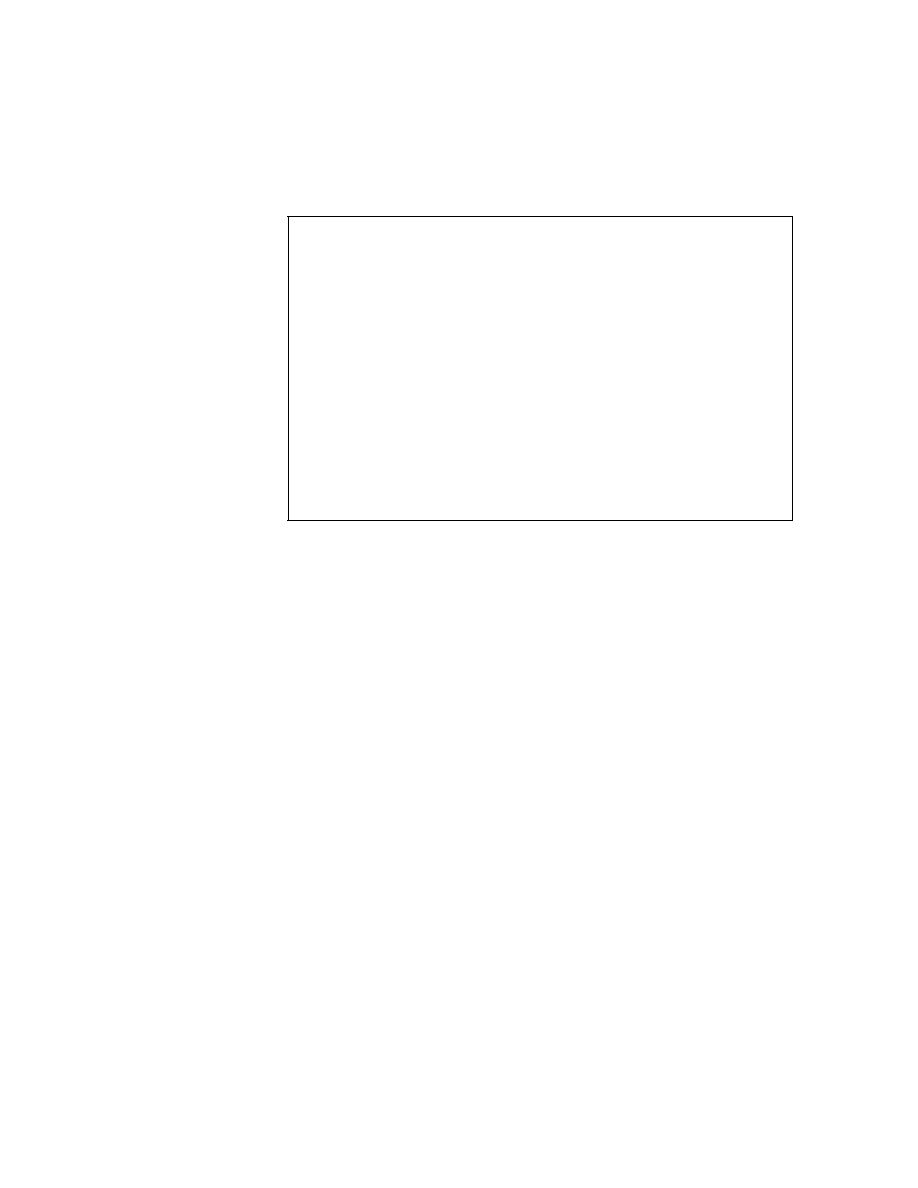
IP Addressing
141
Network Address Range: Class B
In a Class B network, the RFCs state that the first bit of the first byte must
always be turned on, but the second bit must always be turned off. If you
turn the other six bits all off and then all on, you will find the range for a
Class B network:
10000000 = 128
10111111 = 191
As you can see, this means that a Class B network is defined when the first
byte is configured from 128 to 191.
Network Address Range: Class C
For Class C networks, the RFCs define the first two bits of the first octet
always turned on, but the third bit can never be on. Following the same pro-
cess as the previous classes, convert from binary to decimal to find the range.
Here's the range for a Class C network:
11000000 = 192
11011111 = 223
So, if you see an IP address that starts at 192 and goes to 223, you'll know
it is a Class C IP address.
You'll need to memorize the binary-to-decimal conversions in the following
list, because you'll really find yourself using this information a lot when you
practice subnetting later in this chapter:
00000000 = 0
10000000 = 128
11000000 = 192
11100000 = 224
11110000 = 240
11111000 = 248
11111100 = 252
11111110 = 254
11111111 = 255
Copyright ©2002 SYBEX, Inc., Alameda, CA
www.sybex.com
